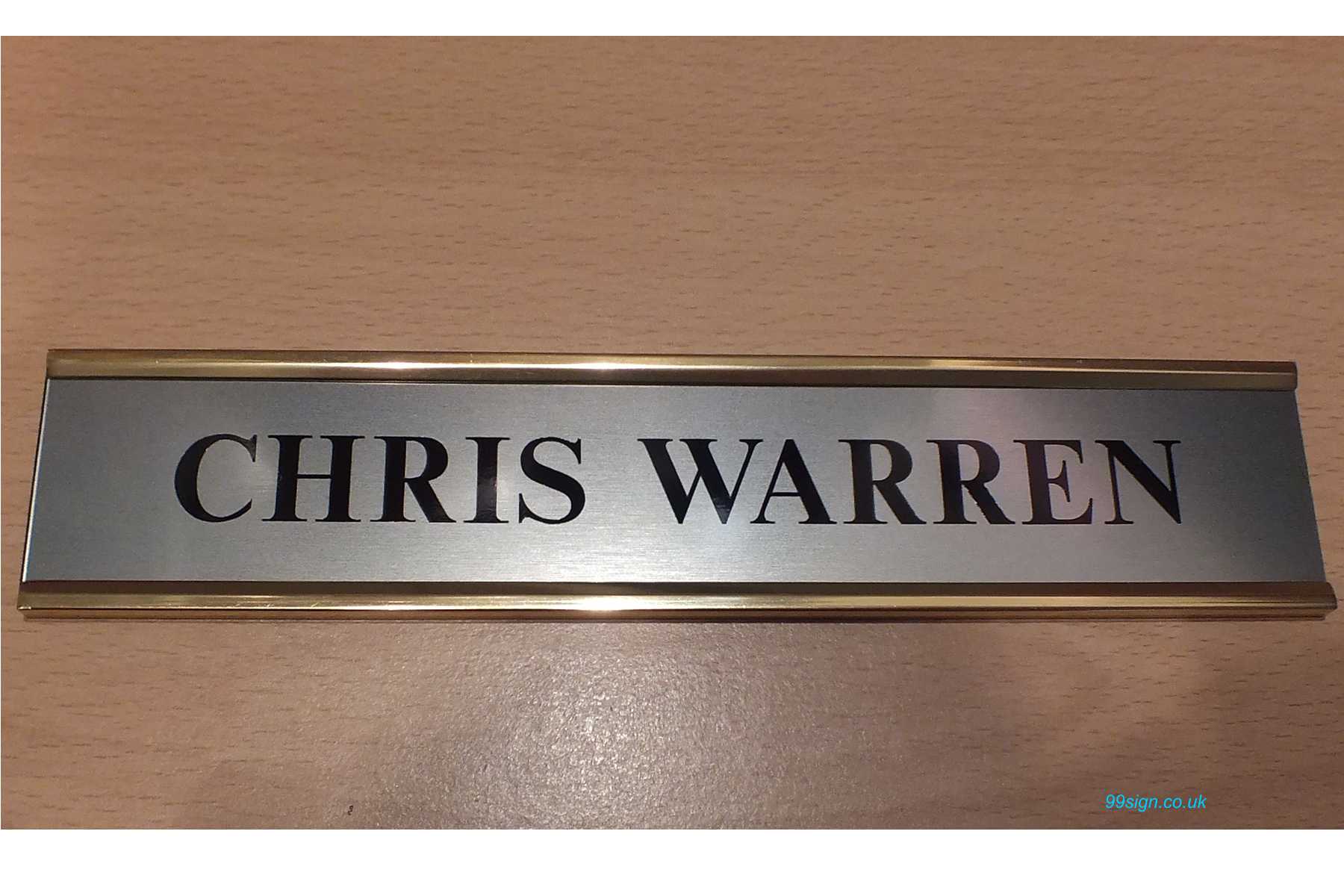Towable Offenses signs
Parking on Private Property
vehicle parked on the premises not in compliance
Many apartment, and townhouse
communities, as well as some businesses require
vehicles to display a parking sticker or permit. Any
with the restrictions and/or designations, and without
permit, may be towed at the property
owner’s request. This towing is performed by private
contractors, and recovering one’s vehicle can be very
expensive and inconvenient.
Parking Signs
ANYTIME. A sign that indicates NO STANDING or NO
STOPPING means that a driver may not wait in his/her
Violation of these posted signs
will result in a ticket and possible towing.
Under no circumstances should anyone park where
there are signs indicating NO PARKING or NO PARKING
vehicle at that location
Violation
of this parking restriction will result in a ticket and a fine,
as well as possible towing.
Unless you have special license plates with the
international handicap symbol or a special handicap
permit displayed, you MAY NOT park in a space
reserved for the use of handicapped persons.
